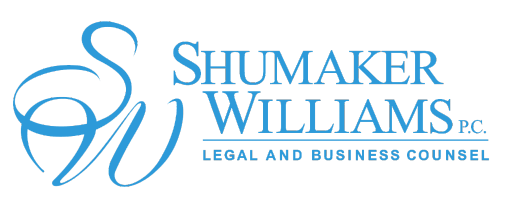The “Collision” Between Banking and Bankruptcy Law: Check Kiting and the Preference Problem
by Martin B. Ellis
In the world of modern banking, most banks give customers same-day or next-day availability for both local and non-local check deposits. The vast majority of these “provisional” credits are finalized by the ultimate collection of the checks which gave rise to them. The ability to write checks against such provisional credits gives a shrewd bank depositor free use of someone else’s money. Viewed most charitably, this would be deemed aggressive cash management. However, it also gives a dishonest customer the opportunity to write checks against non-existent deposits. When done systematically and fraudulently, prosecutors call this criminal check kiting. The potential losses that a bank may suffer from a check kiter can soar, literally from hundreds of thousands to millions of dollars, in short order. A very bad situation indeed.
To make matters worse, in common check kiting scenarios, what often follows discovery of the check kite is the check kiter’s voluntary or involuntary bankruptcy, which leads inevitably to the discovery by the debtor’s trustee in bankruptcy that the involved banks have made themselves partially or fully whole through application of good funds deposits to the respective accounts of the debtor. This situation gives rise to the “collision” between banking and bankruptcy law.
Sections 547(b) and 550 of the Bankruptcy Code empower the debtor’s trustee to recover for the bankruptcy estate any pre-petition transfer of an interest of the debtor in property (i) to or for the benefit of a creditor; (ii) for or on account of an antecedent debt owed by the debtor before the transfer was made; (iii) made while the debtor was insolvent; (iv) made on or within 90 days of the filing of the petition, or within 1 year thereof if the creditor is an “insider”; and (v) that enables the creditor to receive more than the creditor would receive in a Chapter 7 liquidation under the Bankruptcy Code with the transfer not having been made. Thus, as incongruous as it may seem, the defrauding check kiter’s trustee in bankruptcy will seek recovery from the defrauded banks of all sums the banks were able to obtain from good funds deposits made to the debtor’s bank accounts during the preference period.
Most of the courts that have faced this issue have ruled in favor of the defrauded banks, where negative account balances were reduced or eliminated by subsequent pre-petition good funds deposits, applying either or both of the following two grounds.
No Antecedent Debt. Quite a number of courts hold that “provisional” credits granted while deposited checks are in the collection process do not give rise to antecedent debt, even where the banks allow funds to be withdrawn by the check kiter or pay presented items, in either case creating “collected balance overdrafts” when the deposited kited check is returned unpaid.
Bank’s Security Interest. All of the court’s recognize that Section 4-210 of the Uniform Commercial Code grants to the depositary bank a fully perfected security interest in each deposited item and the proceeds thereof. Although some kited checks may never be collected, courts nevertheless read this UCC section as if the depositary bank has a blanket lien on all deposits made to the account, regardless of source, following deposit of the kited check for which the depositary bank gave provisional credit, thus enabling the depositary bank to reduce or eliminate a “collected balance overdraft,” even if antecedent debt is involved.
Despite this “good news,” there are a number of check kiting situations where even the courts following the foregoing rules hold in favor of the trustee’s preference claim. Examples include a depositary bank using subsequent deposits to cure (i) a “ledger balance overdraft” arising from permitted withdrawals, the issuance of bank obligations, such as cashier’s checks, or the payment of items presented for collection (i.e., when the sum of all good funds on deposit, plus deposited but uncollected items for which provisional credit could be extended, is still less than the item or items whose payment is sought by the depositor); (ii) “collected balance” or “ledger balance” overdrafts created by kited checks drawn on the depositary bank (so-called “on-us” items), even if deposited at a remote branch office; and (iii) collected balance overdrafts not involving “routine advances” against uncollected deposits.
Each check kiting situation is highly fact intensive and requires extensive and exacting analysis by counsel familiar with the intricacies of this intersection of banking and bankruptcy law. Although we certainly hope this is a problem you never encounter, should it arise, please contact Marty Ellis at the earliest possible time.
The information contained herein is provided for general informational purposes only and may not reflect the current law in your jurisdiction. No information contained in this blog should be construed as legal advice from Shumaker Williams P.C. or the individual author, nor is it intended to be a substitute for legal counsel on any subject matter. This blog is current as of the date of original publication.
-
CONTACT
PHONE NUMBER
E-MAIL
-
Martin B. Ellis
By
ainsley
July 09, 2008
-
Corporate Transparency Act Fact Sheet
March 15, 2024
-
SWPC X The Extraordinary Library Adventure®
February 06, 2024
